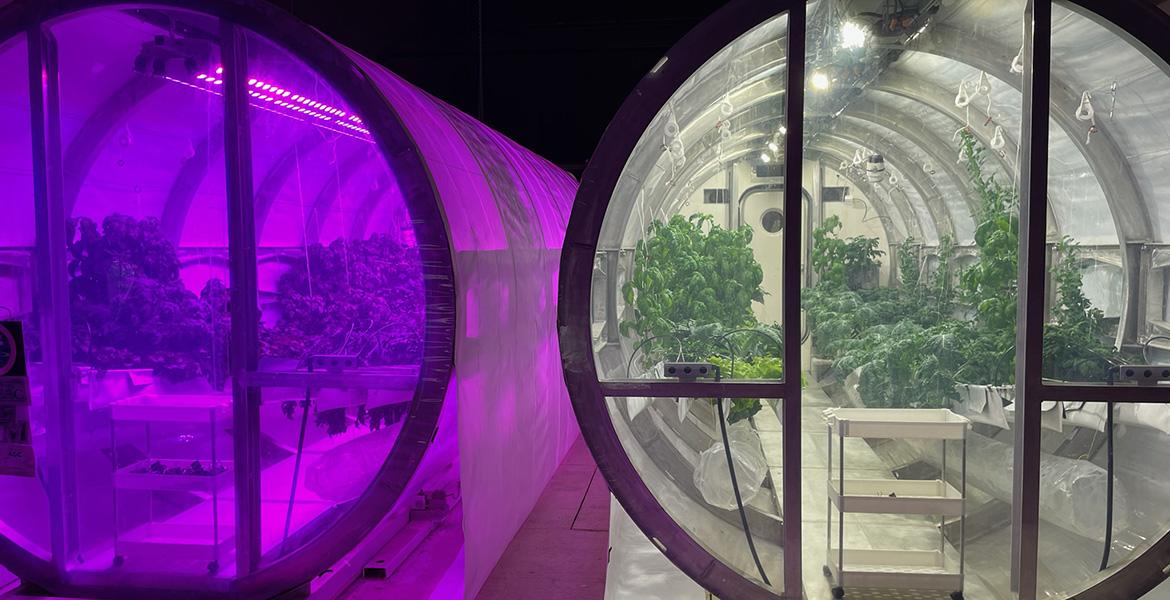Agricultural research program opens doors for rural students
When Noel Hennessey toured a field of upland cotton plants at the Maricopa Agricultural Center in July 2024, she took the first steps that ENGAGED students will follow next summer as the inaugural cohort of the Agricultural Systems and Technology program.
With $744,000 awarded from the US Department of Agriculture’s National Institute of Food and Agriculture over five years, ENGAGED in AST will support 40 undergraduates from the University of Arizona and Central Arizona College to explore vast research opportunities in agriculture.
“We want to prepare a workforce that understands how engineering and agriculture intersect,” said Hennessey, ENGAGED director and grant principal investigator. “That means precision agriculture and systems technology that can improve food production and address food insecurity nationally.”
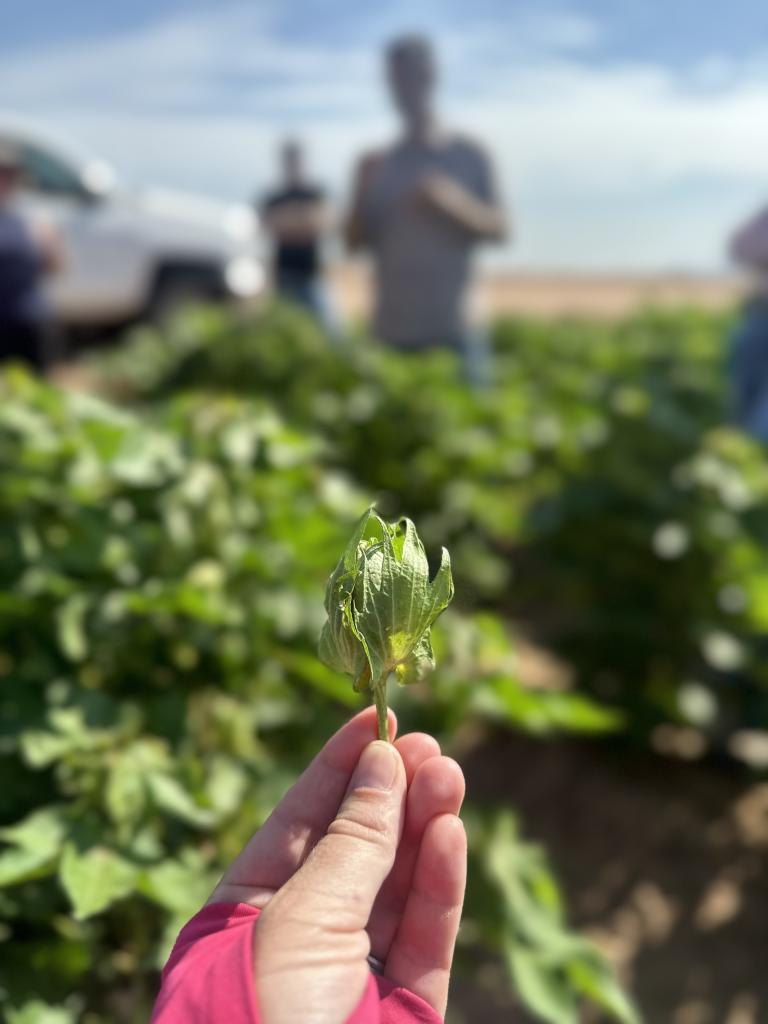
In that field beneath the blazing sun, Hennesey plucked a cotton boll, and she knew this would be an ideal location for the cohort. Half of the ENGAGED in AST students will be in similar cotton fields next summer, conducting hands-on precision agriculture research, while the other half will be at the UA Controlled Environment Agriculture Center.
Supporting Southwestern roots in a new workforce
Hennessey has been working to expand the professional offerings of ENGAGED – a suite of programs at the College of Engineering that serves students from underrepresented backgrounds – to include more hands-on research opportunities.
Her search led to Pedro Andrade Sanchez, associate professor of biosystems engineering and associate specialist of precision agriculture at the Maricopa Agricultural Center.
Andrade specializes in farming techniques that use technologies to optimize mechanical operations and improve crop yields, and he researches agricultural power and machinery. His love for the work goes back to his upbringing in Mexico, just across the border from Arizona and California, in the Mexicali Valley.
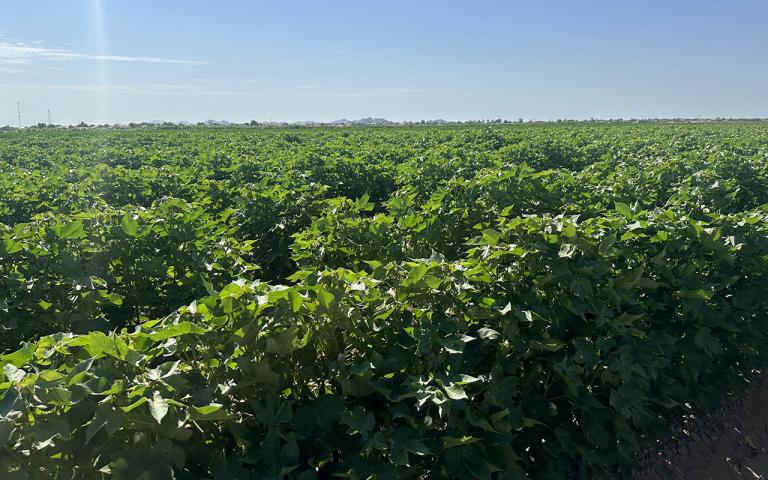
“All my life I've been engaged in agriculture in one way or another,” Andrade said.
Since the beginning of his tenure at UA, he has traveled across the Southwest and trained farm workers to operate equipment fitted with new technology. During these trips, his Spanish fluency was invaluable, since most of the farming workforce is Hispanic. The experience inspired him to become co-PI for this program to support the community driving the workforce.
“The intention is that undergrad students from rural communities can be exposed to what's happening in agricultural engineering, and they can see it as a career path,” Andrade said. “U of A is a Hispanic Serving Institution. It’s important to me that this is about serving Hispanic students.”
He wanted the program to serve students whose families had a long history in agriculture, like his own. It was also important to him that it provided a career path from community college. So, half of the ENGAGED in AST undergrads will be from the UA, while the other half will come from Central Arizona College, a two-year Hispanic Serving Institution in Pinal County.
CAC students will be based out of the Signal Peak Campus in Coolidge, Arizona, and led by DeAnna Diwan, professor of agriculture business. Diwan started farming cotton in 1999 and, like Andrade, comes from a long line of farmers.
“We’re on the cusp of losing a significant amount of hard-earned, practical knowledge that simply cannot be taught through books alone,” Diwan explained. “If we don’t pass on this wisdom we risk losing not just techniques and skills, but also a deep connection to the land, community, and traditions that have sustained agriculture for centuries.”
What students can expect
ENGAGED in AST will provide stipends for summer housing, food and research hours. And it starts with learning modules that introduce concepts of outdoor and indoor – also known as controlled environment – agriculture research.
“That research significantly ties to the social impact of reducing hunger and increasing food security. We want to continue to bring it back to the human impact of these engineering skills,” Hennessey said.
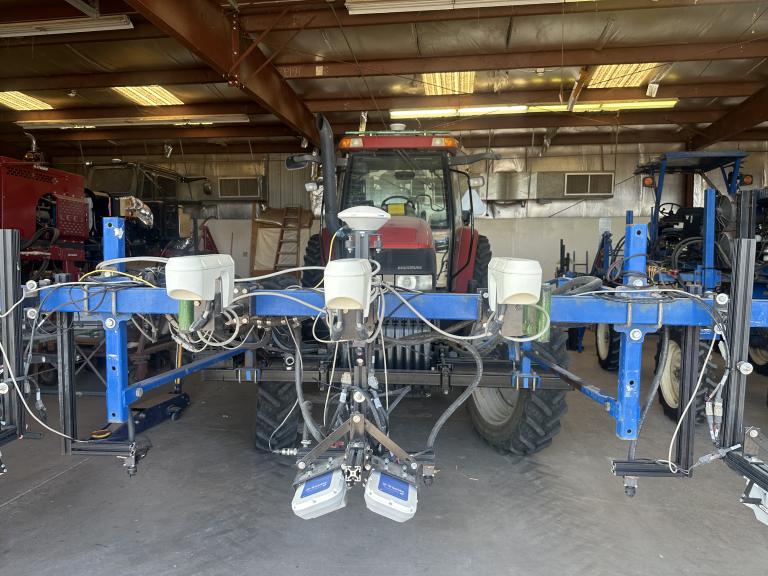
Engineering faculty will welcome students onsite beginning summer 2025.
Andrade will lead students at the Maricopa Agricultural Center to demystify the engineering components of new advanced farming equipment. Learning electronic sensing technology and system operations is an important stepping stone to more advanced agricultural techniques.
“Tractors nowadays come with GPS-based automatic steering capabilities and are programmed to navigate by themselves while performing tasks, thus enhancing the capacity of the equipment operators,” Andrade said.
Controlled Environment Agriculture Center (CEAC) Director Murat Kacira will lead the controlled environment student group. The greenhouses and vertical farming facility at the CEAC advance food production research on a variety of topics such as aquaponics, mushrooms, bioregenerative life support systems and lunar habitats.
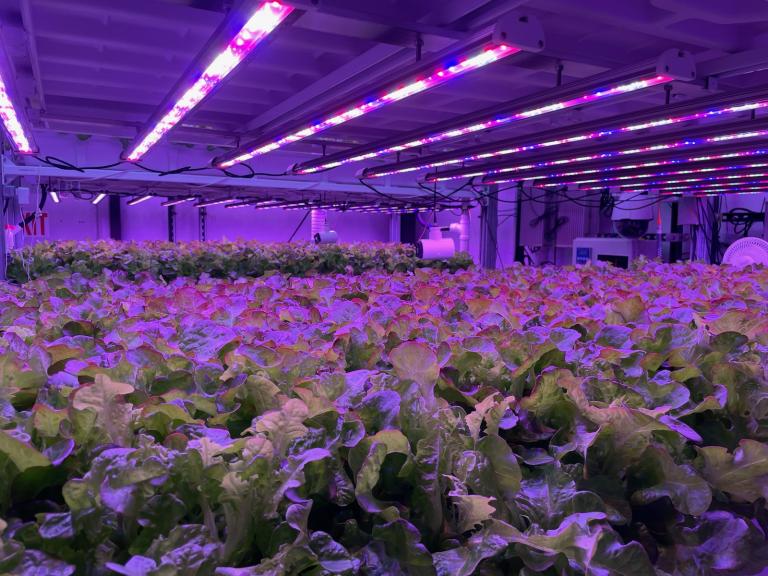
“We will need these young minds as our world populations grow. They will be innovating and engineering next generation agriculture systems that will grow more food with limited water and resources in the coming decades,” said Kacira, professor of biosystems engineering and project team member.
Like Andrade, Kacira views ENGAGED in AST as a boon to the Arizona economy. The average age of producers – farm owners or key farm decisionmakers – is in the 60s. A new workforce with engineering skills could provide support in a multitude of areas that are crucial to the industry.
“Agriculture has become more technology integrated, more digital,” Kacira said. “For that reason, we need engineering students focused on smart agriculture, digital agriculture and autonomous agricultural technologies and practices.”


